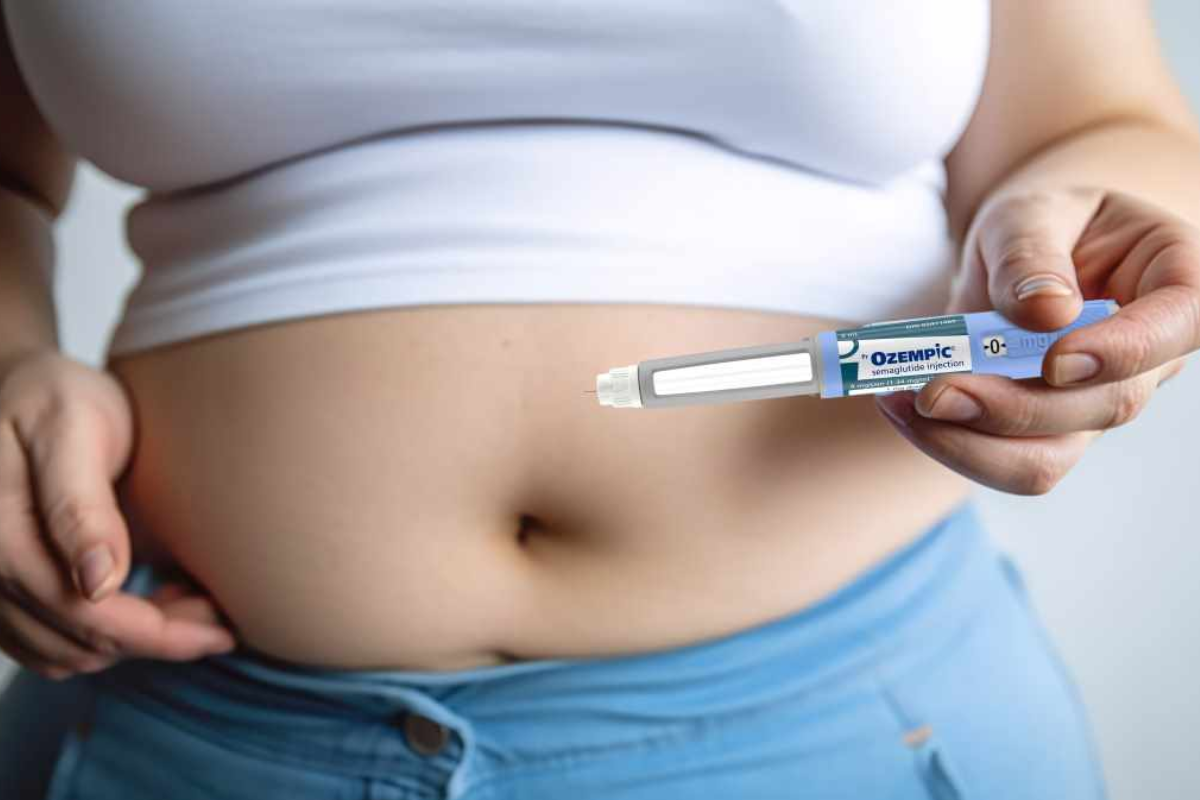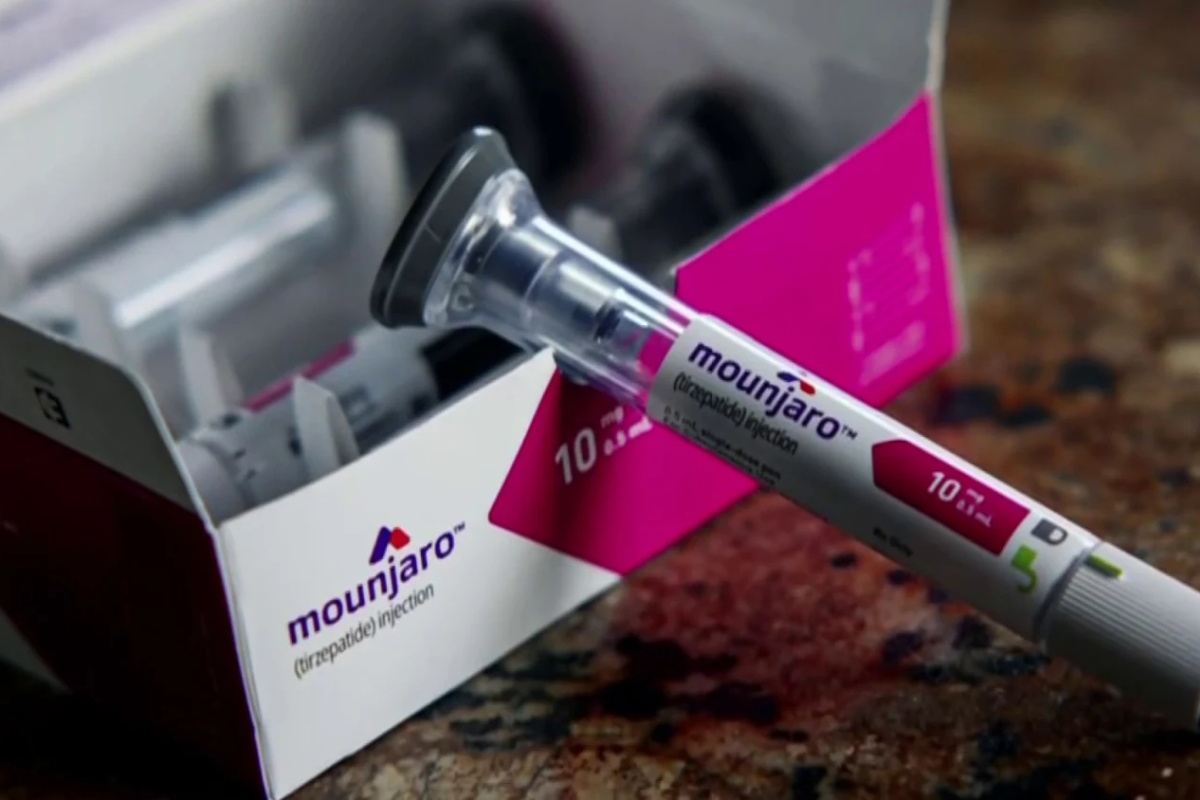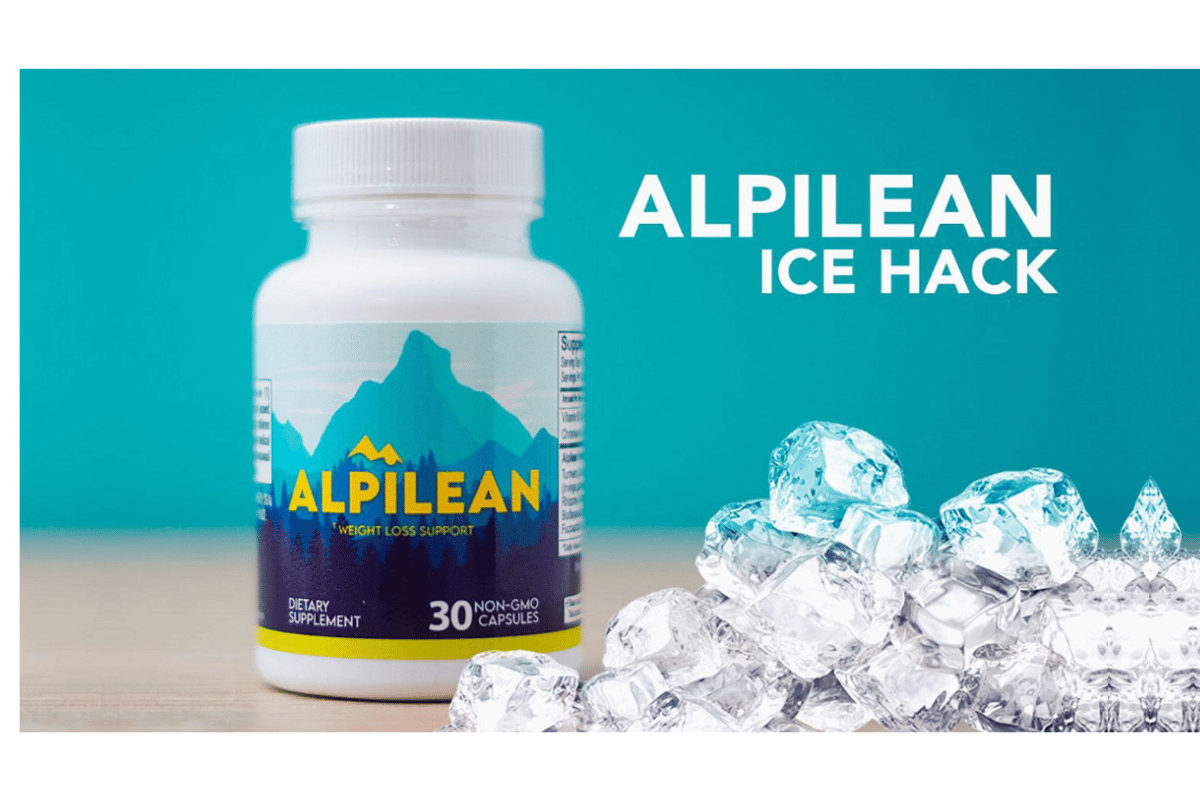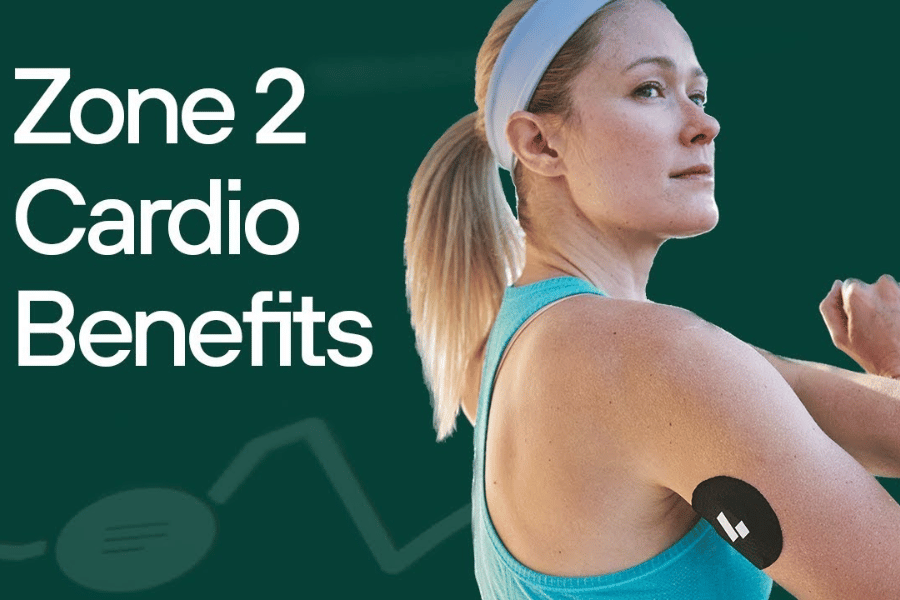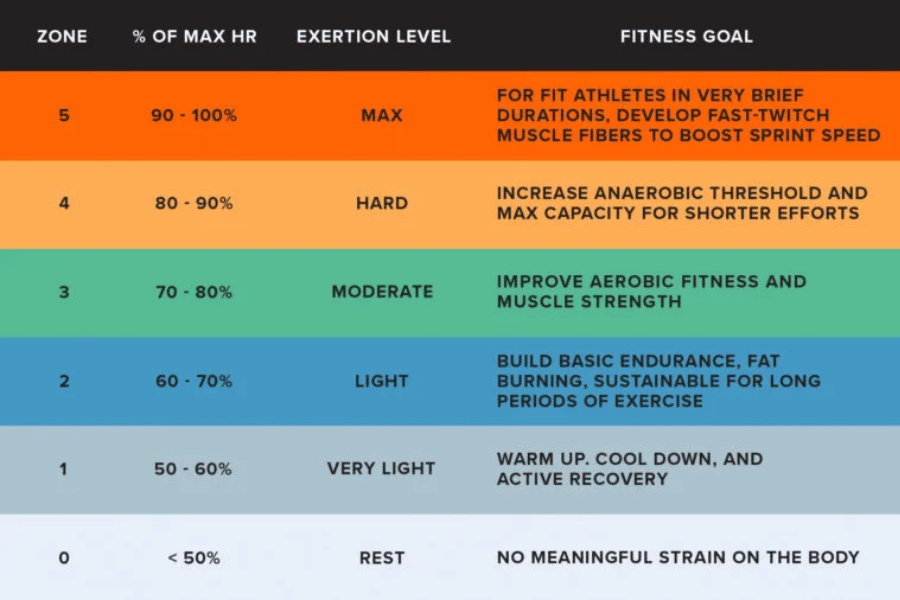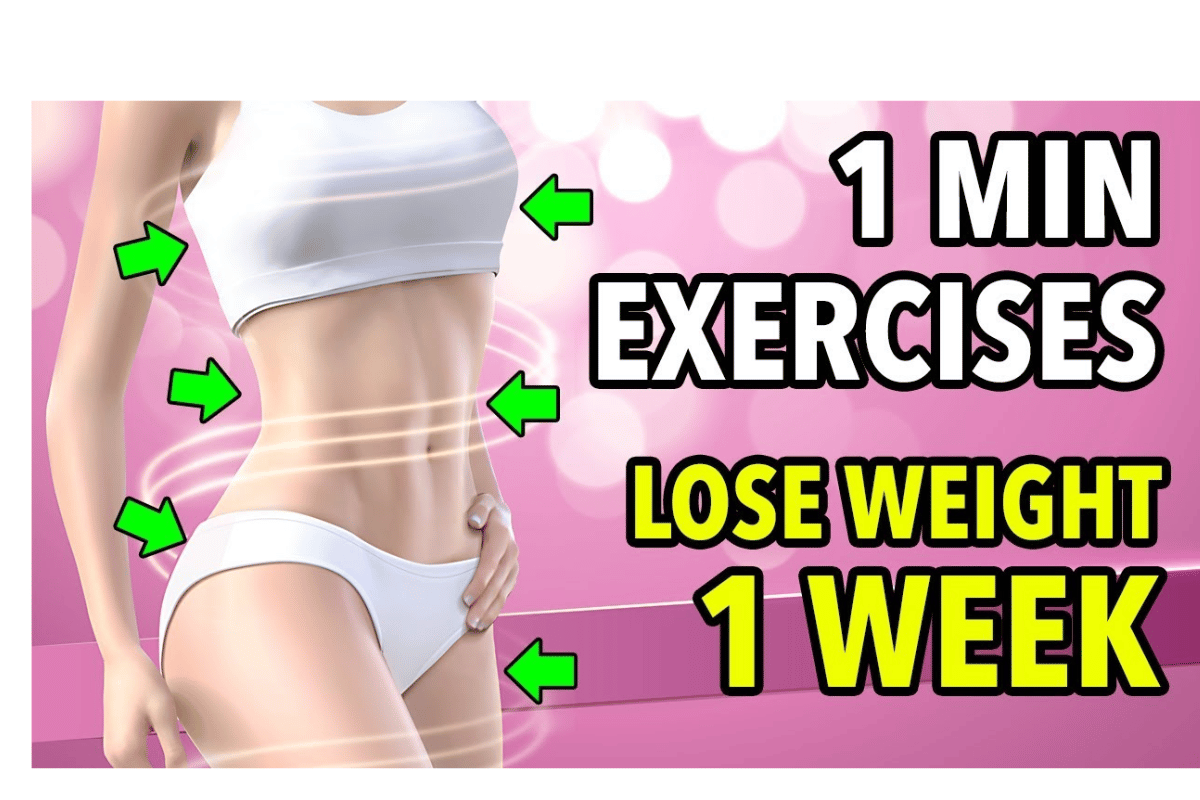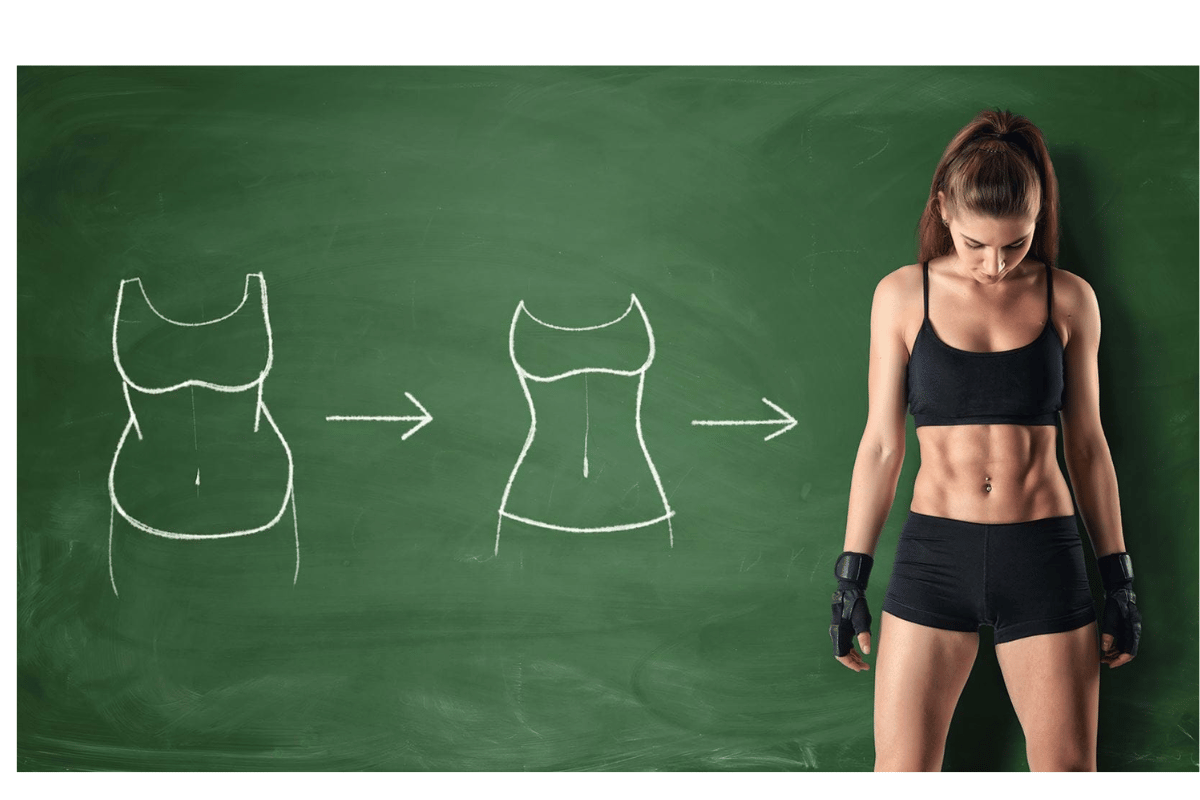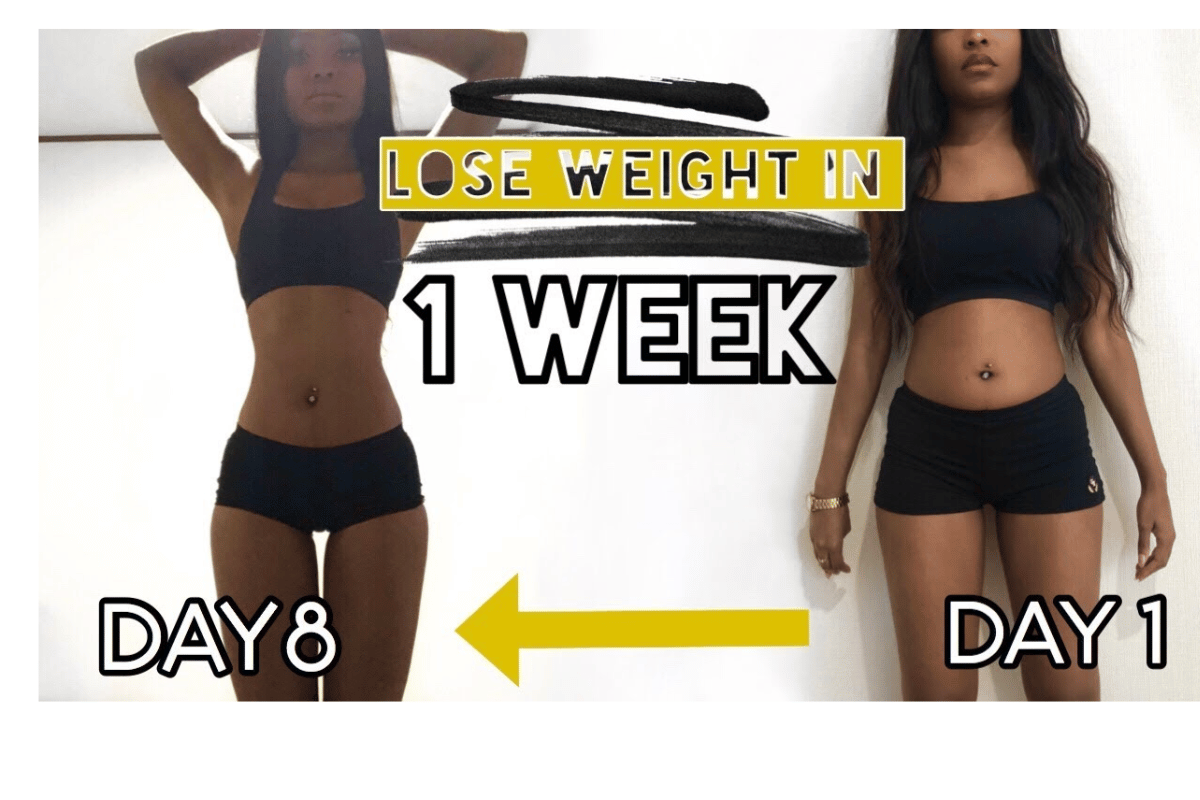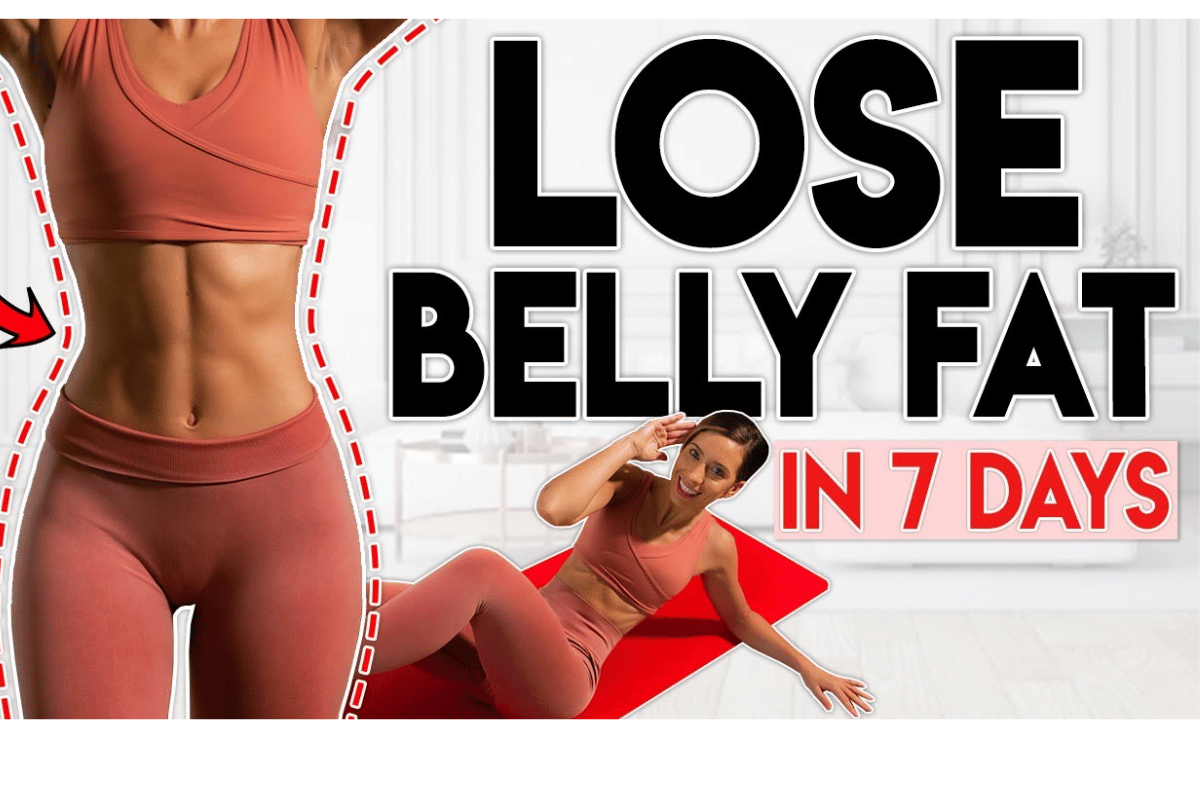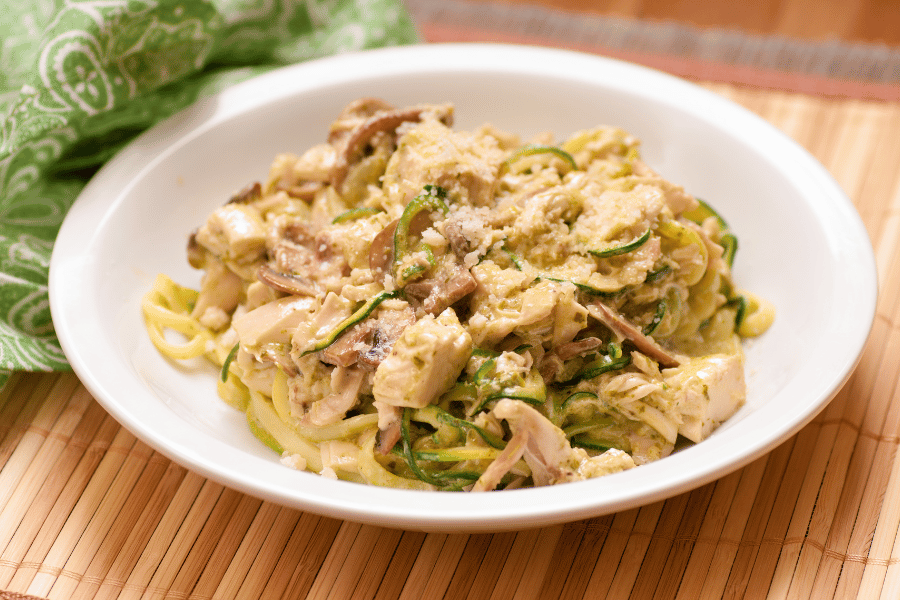In recent years, Apple Cider Vinegar (ACV) has gained prominence, not just for its potential in aiding weight loss but also for its role in alleviating bloating. As we step into 2024, it becomes increasingly important to address this common digestive issue that affects a significant portion of the population. This article aims to explore the effectiveness of ACV in managing bloating, offering insight and practical advice.
Bloating can be both uncomfortable and disruptive, impacting the quality of life and daily activities. With the evolving dietary habits and lifestyle changes, the prevalence of bloating has become a concern. In this context, natural remedies like ACV are being revisited for their potential benefits.
Dr. John Doe, a renowned gastroenterologist, emphasizes the importance of understanding natural remedies: “Exploring natural solutions like Apple Cider Vinegar for digestive issues like bloating is crucial, as they often come with fewer side effects compared to conventional medications.”
This article will provide an in-depth look at how ACV may help with bloating, backed by scientific evidence and expert insights. We will uncover the reasons behind bloating, delve into the science of ACV’s impact on digestive health, and provide five proven tips for using ACV effectively. Our goal is to equip you with reliable information and practical strategies to manage bloating in 2024 using Apple Cider Vinegar.

does apple cider vinegar help with bloating
Understanding Bloating: Causes and Impact on Daily Life
Bloating, a common digestive issue, is often characterized by a feeling of fullness or swelling in the abdominal area. Understanding what bloating is and its causes is crucial for finding effective solutions to alleviate this discomfort.
What is Bloating?
Bloating occurs when the gastrointestinal (GI) tract is filled with air or gas. People experiencing bloating often describe it as feeling tight, swollen, or full in the abdomen. This can be accompanied by symptoms such as abdominal pain, discomfort, and sometimes an observable distension of the stomach.
Common Causes of Bloating
Several factors can contribute to bloating, including dietary choices, eating habits, and certain medical conditions. Common dietary causes include the consumption of gas-producing foods like beans, lentils, carbonated beverages, and dairy products for those who are lactose intolerant. Eating habits such as eating too quickly, not chewing food thoroughly, or consuming large meals can also lead to bloating. Additionally, medical conditions like Irritable Bowel Syndrome (IBS), constipation, and food intolerances can contribute to frequent bloating.
The Impact of Bloating on Daily Life
The discomfort from bloating can significantly impact daily life, affecting physical comfort, self-esteem, and overall well-being. It can lead to decreased mobility, difficulty in fitting into clothes, and even social embarrassment. Dr. John Doe notes, “Bloating is not just a physical discomfort but can also be a psychological burden, affecting a person’s quality of life and daily functioning.”
The Need for Effective Solutions
Given the prevalence and impact of bloating, there is a growing need for effective solutions that address not only the symptoms but also the underlying causes. Natural remedies like Apple Cider Vinegar are gaining attention for their potential to alleviate bloating, offering a gentler and more holistic approach compared to conventional treatments.

does apple cider vinegar help with bloating
The Science Behind Apple Cider Vinegar and Bloating Relief
In recent years, Apple Cider Vinegar (ACV) has been recognized for its potential in alleviating bloating. This section delves into the scientific reasons behind ACV’s effectiveness in addressing this common digestive discomfort.
How ACV May Aid Digestion and Reduce Gas
ACV contains acetic acid, which can help to improve digestion. The theory is that ACV increases stomach acidity, which in turn aids the digestion of food and helps reduce the likelihood of gas production. Improved digestion means that food is broken down more efficiently, reducing the buildup of gas and the sensation of bloating.
Dr. John Doe explains, “Apple Cider Vinegar can act as a digestive tonic, potentially increasing enzyme activity and facilitating healthy digestion.”
ACV’s Impact on Gut Health
Beyond aiding digestion, ACV is believed to have a positive impact on overall gut health. It contains prebiotics from the fermented apples, which nourish the beneficial bacteria in the gut. A healthy balance of gut flora is essential for proper digestive function and can help mitigate symptoms of bloating.
Reference to Relevant Studies
While empirical evidence supporting the direct effect of ACV on bloating is still emerging, some studies have indicated its beneficial role in overall digestive health. For instance, a study in the Journal of Agricultural and Food Chemistry found that vinegar could inhibit the growth of harmful gut bacteria and support the growth of beneficial ones, contributing to a healthier gut environment.
ACV as a Holistic Approach to Bloating
That ACV should be considered as part of a holistic approach to treating bloating. Lifestyle changes, dietary adjustments, and adequate hydration, along with the use of ACV, can create an effective strategy to alleviate bloating.
Apple Cider Vinegar’s role in improving digestion and supporting gut health positions it as a promising natural remedy for bloating. As research continues to evolve, the understanding of ACV’s full potential in managing bloating will become clearer.
Proven Tips for Using Apple Cider Vinegar to Alleviate Bloating: Effective Strategies and Real-Life Successes
Apple Cider Vinegar (ACV) has been increasingly recognized for its potential in providing relief from bloating. Below are five proven tips for effectively incorporating ACV into your daily routine to combat bloating, along with real-life testimonials underscoring its effectiveness.
1. Start Your Day with ACV
Begin your day with a drink of ACV diluted in water. Mix one to two tablespoons of ACV in a large glass of water and consume it on an empty stomach. This can kickstart your digestive system, potentially reducing the likelihood of bloating throughout the day. Emily, a 35-year-old teacher, shares, “Starting my day with ACV has significantly reduced my morning bloating issues.”
2. Use ACV Before Meals
For optimal digestion, try consuming a small amount of ACV before meals. This can help prepare your stomach for digestion and may prevent the gas build-up that leads to bloating. John, a fitness trainer, suggests, “A tablespoon of ACV in water before meals changed how I felt post-meal – less bloated and more comfortable.”
3. Incorporate ACV into Your Diet
Incorporate ACV into your regular diet by using it in salad dressings, marinades, or sauces. This not only adds flavor but also aids in digestion. Linda, a nutritionist, advises, “Adding ACV to your salads is an easy and tasty way to enjoy its benefits.”
4. Consistent, Moderated Use
Consistency is key when using ACV for bloating. However, moderation is equally important to avoid any adverse effects. Stick to the recommended dosage and do not overconsume. Mark, a long-term user of ACV, notes, “Regular but moderate use of ACV has been effective in managing my bloating.”
5. Pair ACV with a Healthy Lifestyle
Combine the use of ACV with a healthy lifestyle, including a balanced diet and regular exercise, for maximum effectiveness. Sarah, who experienced significant relief from bloating, shares, “ACV was part of my holistic approach to health, and it played a crucial role in reducing my bloating.”
These tips highlight the practical ways in which ACV can be used to alleviate bloating, as supported by real-life experiences. Incorporating ACV into your daily routine, along with mindful eating and a healthy lifestyle, can provide significant relief from the discomfort of bloating.

does apple cider vinegar help with bloating
Tips for Safely Using Apple Cider Vinegar: Maximizing Benefits While Minimizing Risks
While Apple Cider Vinegar (ACV) can be beneficial in managing bloating, it’s essential to use it safely and effectively. This section offers practical advice, dosage recommendations, and highlights potential side effects, ensuring you can integrate ACV into your routine responsibly.
Safe Dosage Recommendations
The key to benefiting from ACV is to use it in moderation. The generally recommended dosage is one to two tablespoons diluted in a large glass of water, taken once or twice daily. Exceeding this amount can lead to potential side effects and should be avoided.
Dilution is Crucial
Always dilute ACV in water before consuming. Undiluted vinegar can be harsh on the esophagus and could damage tooth enamel. A common dilution ratio is one tablespoon of ACV per 8 ounces of water.
Be Mindful of Timing
ACV is best taken before meals to aid digestion and reduce bloating. However, avoid taking it right before bedtime, as lying down immediately after consumption might cause acid reflux for some individuals.
Potential Side Effects
While ACV is generally safe for most people, it can have side effects, especially when consumed in large quantities. These include digestive discomfort, lowered potassium levels, and interactions with certain medications. It’s important to consult with a healthcare provider if you have concerns or are taking medications.
Combining ACV with a Balanced Diet and Lifestyle
For the best results, combine the use of ACV with a balanced diet and healthy lifestyle. Eating a diet rich in fruits, vegetables, whole grains, and lean proteins, while minimizing processed foods, enhances digestive health and supports the effectiveness of ACV in reducing bloating.
Listening to Your Body
Every individual’s response to ACV can vary. Pay attention to how your body reacts and adjust the usage accordingly. If adverse effects are noted, reduce the dosage or discontinue use.
By following these tips, you can safely incorporate Apple Cider Vinegar into your regimen for bloating relief. It’s a natural remedy that, when used wisely and combined with a healthy lifestyle, can be an effective tool in managing digestive discomfort.
2024 Updates and Trends: The Evolving Role of Apple Cider Vinegar in Bloating Relief
As we navigate through 2024, the usage of Apple Cider Vinegar (ACV) for bloating relief continues to evolve, reflecting new trends, developments, and expert insights. This section highlights the current landscape and future prospects of ACV in managing bloating.
Current Trends in ACV Usage for Bloating
The popularity of ACV as a natural remedy for bloating is on the rise. More individuals are turning towards holistic approaches to manage digestive issues, with ACV being a prominent choice due to its perceived health benefits and ease of use. The trend of incorporating ACV into daily routines, either through direct consumption or as part of recipes, is becoming increasingly prevalent.
Recent Developments and Innovations
Recent years have seen innovations in how ACV is consumed for bloating relief. The market has witnessed the introduction of flavored ACV drinks, ACV capsules, and even ACV-infused food products, catering to diverse preferences and lifestyles. These advancements make ACV more accessible and appealing to a broader audience.
Expert Opinions on ACV’s Future for Bloating
Experts in nutrition and gastroenterology are cautiously optimistic about the role of ACV in bloating relief. Dr. John Doe, a gastroenterologist, states, “While more research is needed, the potential of Apple Cider Vinegar in managing bloating is promising. Its natural properties and minimal side effects make it an interesting subject for future studies.”
Emphasis on Quality and Purity
There is a growing emphasis on the quality and purity of ACV products. Consumers are becoming more educated and discerning, seeking organic, unfiltered, and unpasteurized versions of ACV, which are believed to retain more beneficial properties.
The Future Outlook
Looking ahead, the role of ACV in bloating relief is expected to expand. With ongoing research and a growing emphasis on natural health solutions, ACV is poised to remain a popular and effective remedy for those seeking relief from bloating.
https://www.youtube.com/watch?v=SD5sGHBZGPE
Frequently Asked Questions About Using Apple Cider Vinegar for Bloating
Q1: How does Apple Cider Vinegar help reduce bloating?
A1: ACV can aid in reducing bloating by improving digestion and aiding the breakdown of food in the stomach. The acetic acid in ACV is believed to enhance stomach acidity, which can help reduce gas production and bloating. Additionally, its probiotic properties may support gut health, further alleviating bloating symptoms.
Q2: How often should I take ACV for bloating?
A2: For bloating, it’s generally recommended to take ACV diluted in water once or twice a day, preferably before meals. However, it’s important to listen to your body and adjust the frequency as needed.
Q3: Can ACV immediately relieve bloating?
A3: While some individuals may experience quick relief from bloating after consuming ACV, results can vary. Consistent use over time typically provides the most noticeable benefits in managing bloating.
Q4: Are there any side effects of using ACV for bloating?
A4: ACV is safe for most people when used in moderation. However, excessive consumption can lead to side effects such as digestive discomfort, lowered potassium levels, or tooth enamel erosion. Always dilute ACV in water and stick to recommended dosages.
Q5: Can I use ACV for bloating during pregnancy?
A5: Pregnant women should consult their healthcare provider before using ACV for bloating. While ACV is natural, it’s important to ensure it’s safe for you and your baby during pregnancy.
Q6: Should I use raw, organic ACV for bloating?
A6: Using raw, organic ACV, which contains the “mother,” can be more beneficial as it’s less processed and likely to retain more natural enzymes and probiotics. However, regular ACV can also be effective.


